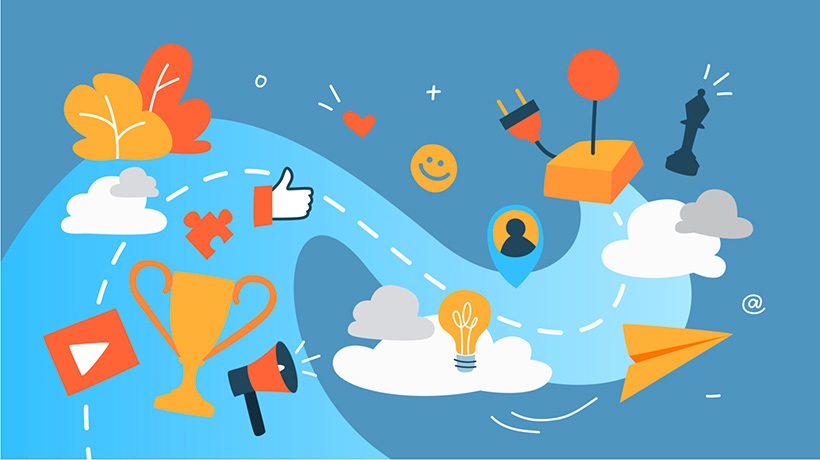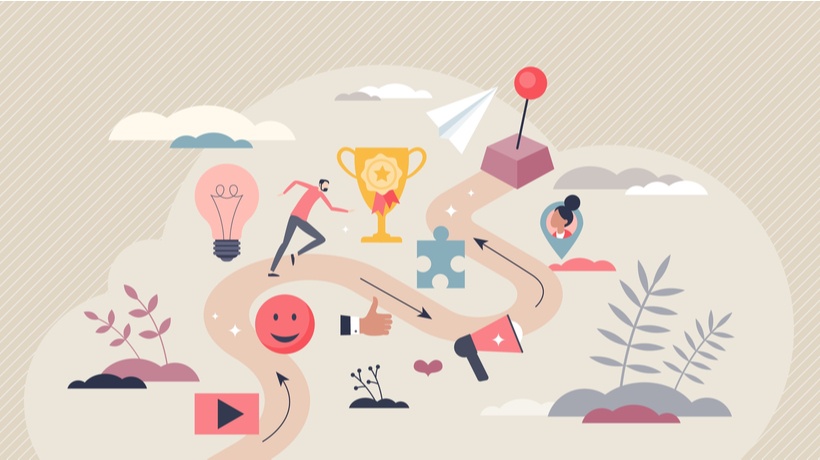Transforming Learning Through Gaming Mechanics
The incorporation of technology into education in recent years has created a wide range of opportunities to improve the learning process. Gamification in education is one of the most significant and interesting trends to have come about. Teachers have discovered creative ways to attract students, boost motivation, and encourage active learning by adapting gaming mechanics in educational contexts. The idea of gamification in education is examined in this article along with its advantages, drawbacks, and potential to completely alter how we learn in the 21st century.
Understanding Educational Gamification
The use of game design features, mechanics, and concepts in education aims to produce more engaging and fun learning environments. The objective is to incorporate aspects like rewards, competition, achievements, and progress tracking into instructional content in order to make learning a fun and participatory experience.
Efficacy Of Motivation
The ability of gamification to boost student motivation is one of the main reasons it has become so popular in education. Incorporating elements like leaderboards, badges, and points allows teachers to capitalize on students' natural need for accomplishment and recognition. This innate incentive encourages students to actively engage in their study, which improves focus and perseverance throughout the learning process.
Personalized Education And Quick Feedback
Gamification enables the creation of individualized learning experiences that are catered to the specific requirements and skills of each student. Educational platforms may deliver information that fits different learning styles, pacing, and competency levels thanks to adaptive technologies and data-driven insights. Additionally, students receive quick assessments of their development through fast feedback systems in gamified learning settings, enabling them to pinpoint areas that need improvement and capitalize on their strengths.
Promoting Social Learning And Collaboration
Gamification in education encourages social engagement and teamwork, just like games frequently do. Students can cooperate, exchange ideas, and work together to solve problems by combining multiplayer aspects, group challenges, and peer-to-peer competitions. This encourages a sense of community within the educational setting, fostering teamwork and the growth of important social skills.
Gamification in education, often infused with elements of edutainment, encourages social engagement and teamwork, mirroring the collaborative nature of games. By incorporating multiplayer aspects, group challenges, and peer-to-peer competitions, students are prompted to cooperate, exchange ideas, and work collectively to solve problems. This dynamic approach not only enhances the learning experience but also fosters a sense of community within the educational setting. As students engage in gamified activities, they develop essential social skills, learning how to communicate effectively, support one another, and thrive in a team-oriented environment. Thus, edutainment-driven gamification becomes a powerful tool to nurture teamwork and facilitate holistic growth among students.
Enhancing Problem-Solving And Critical Thinking Abilities
Gamified learning experiences frequently engage students with complicated tasks and scenarios that necessitate critical thinking and problem-solving abilities in order for them to proceed. Gamification's dynamic aspect encourages students to experiment with different solutions, analyze outcomes, and learn from their failures. As a result, students become more adept at applying their knowledge to real-world circumstances, cultivating creativity and improving cognitive capacities.
Overcoming Difficulties With Gamified Education
While gamification in education has many advantages, it is not without its drawbacks. Among the most common roadblocks are:
- Design and implementation. To create effective gamified educational content, rigorous preparation and consideration of learning objectives are required. A badly planned gamification strategy can lead to distractions or superficial engagement, which defeats the objective of improving learning.
- Evaluation and assessment. Measuring the efficiency of gamified learning experiences can be difficult. Traditional assessment methods may not always capture the entire breadth of skills and information acquired by pupils through gamified activities.
- Accessibility and inclusivity. It is critical that gamified educational platforms be available to all students, especially those with impairments or limited access to technology.
Conclusion
The use of gamification in education is a potent tool that has the potential to transform the way that we teach and learn in the 21st century. Teachers may develop immersive, engaging learning experiences that inspire students to actively participate in their studies and succeed by utilizing the concepts of game design. Gamified learning has tremendous potential for personalized, interactive, and successful learning in the future, encouraging students to develop as critical thinkers and lifelong learners as technology advances. To fully utilize its potential, gamification tactics must be continuously improved by educators and EdTech developers to ensure a more intelligent and capable generation of learners.









